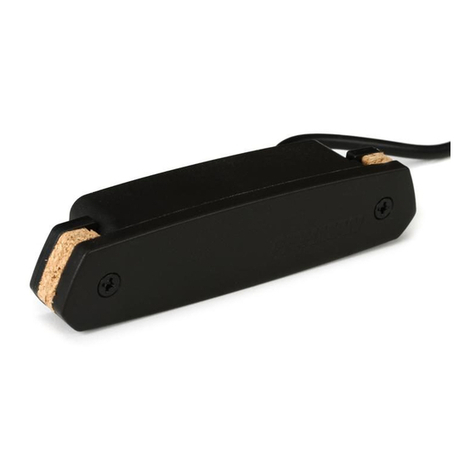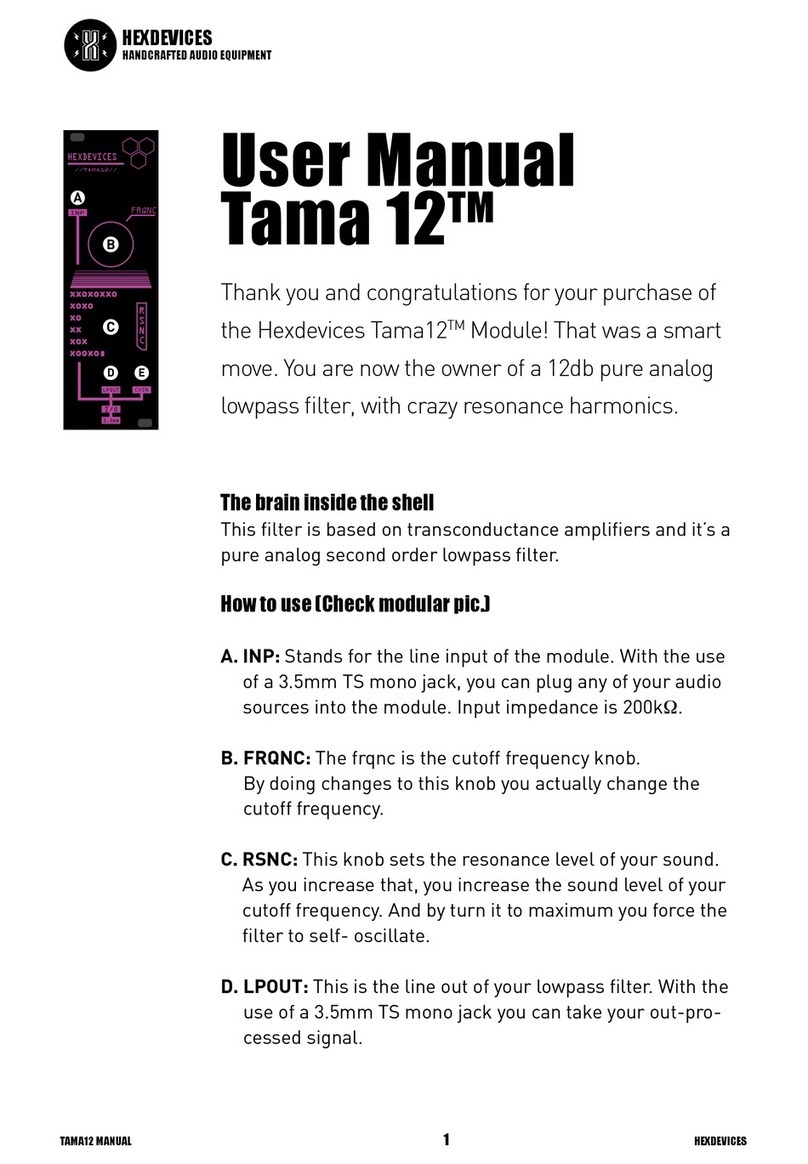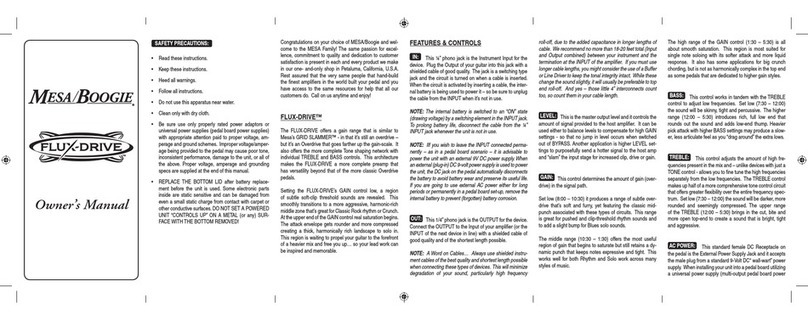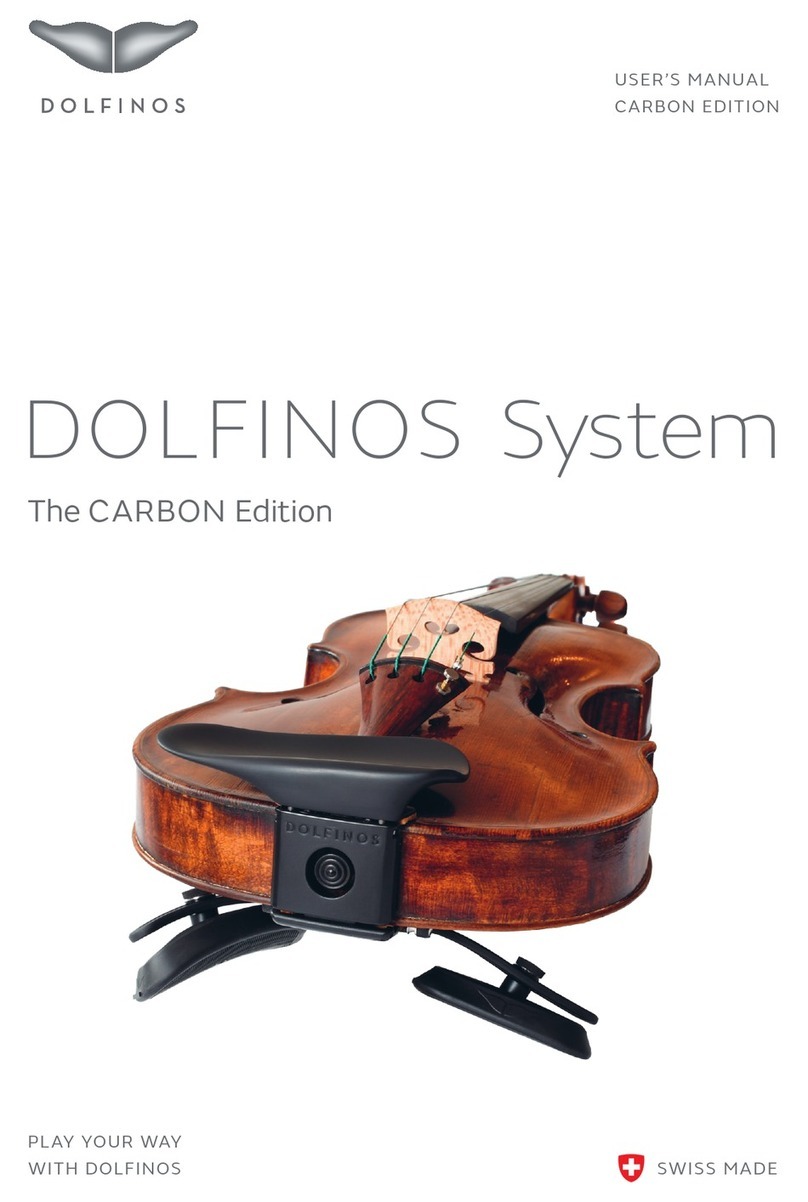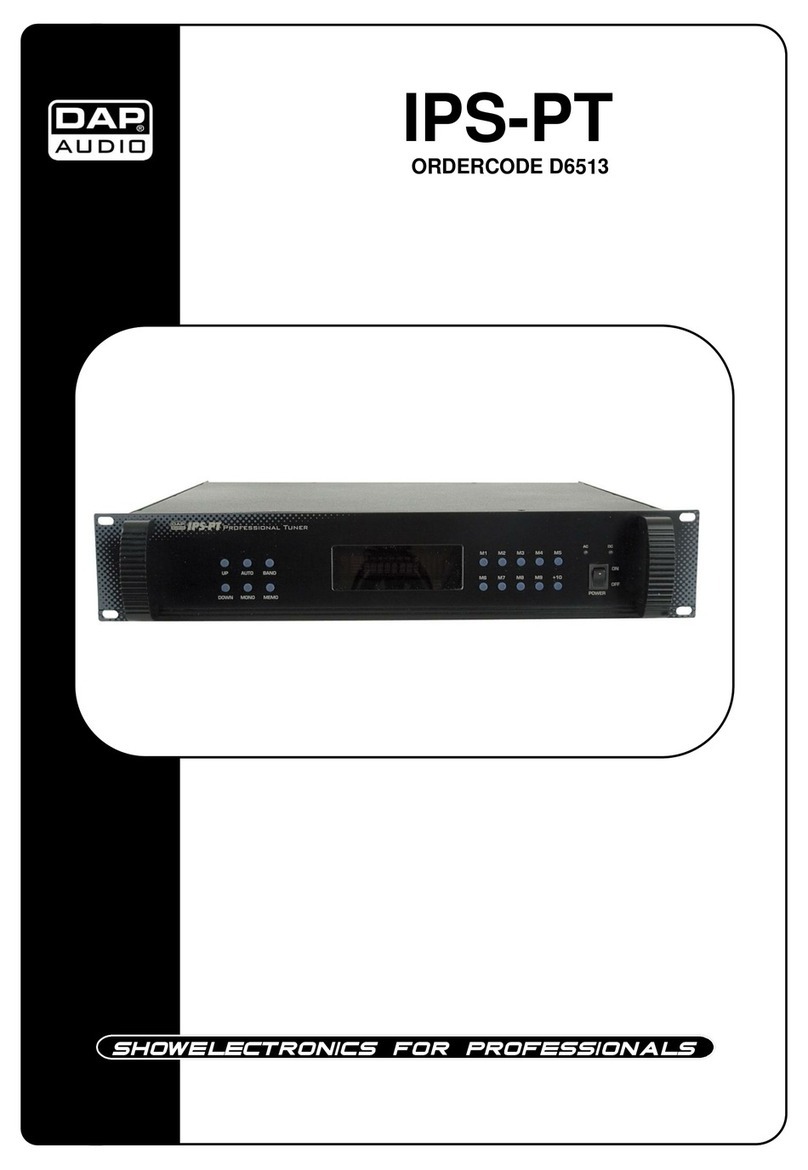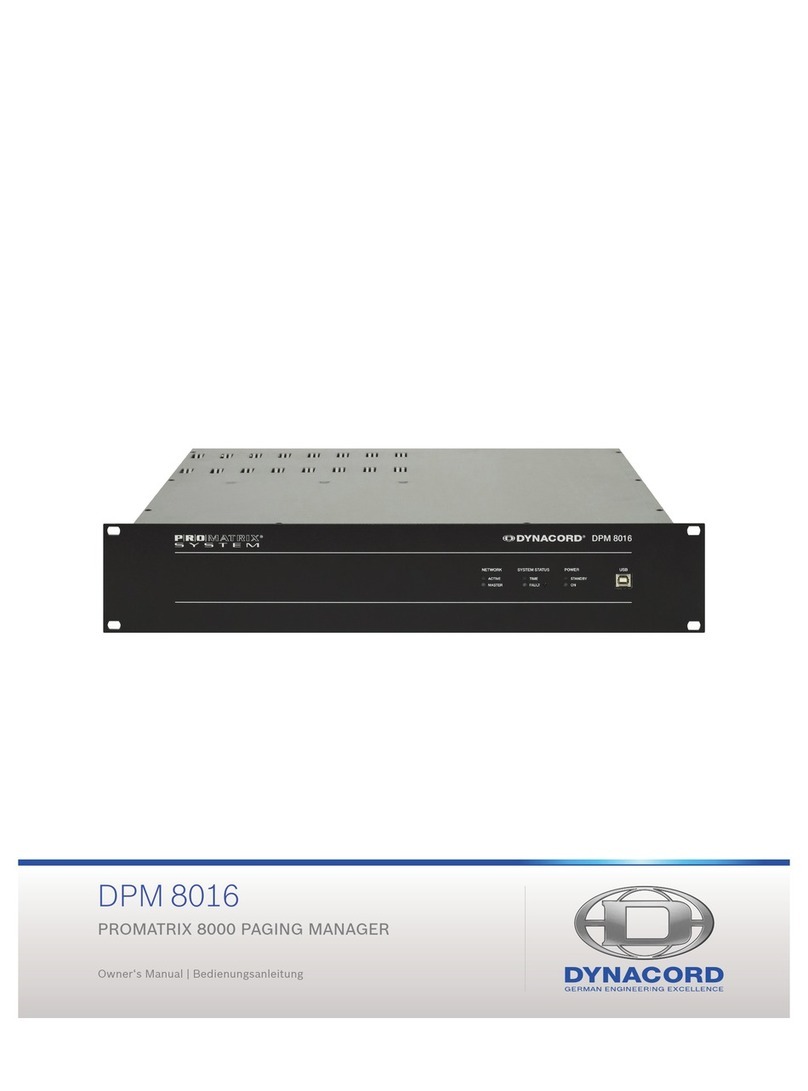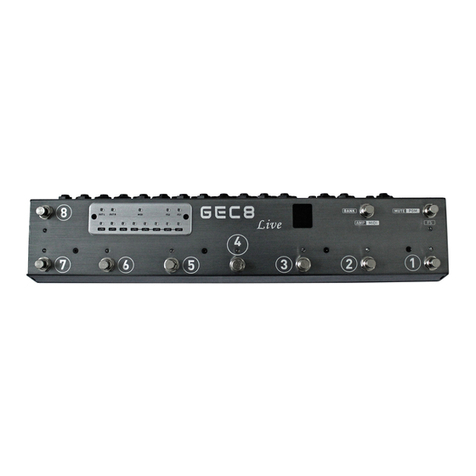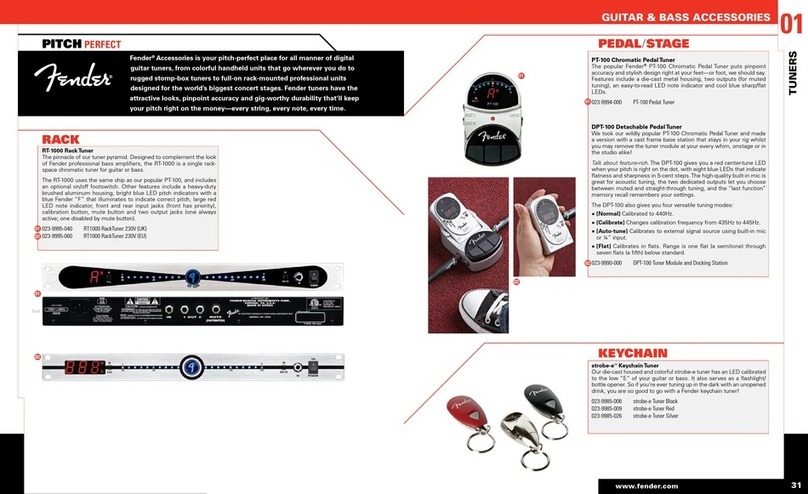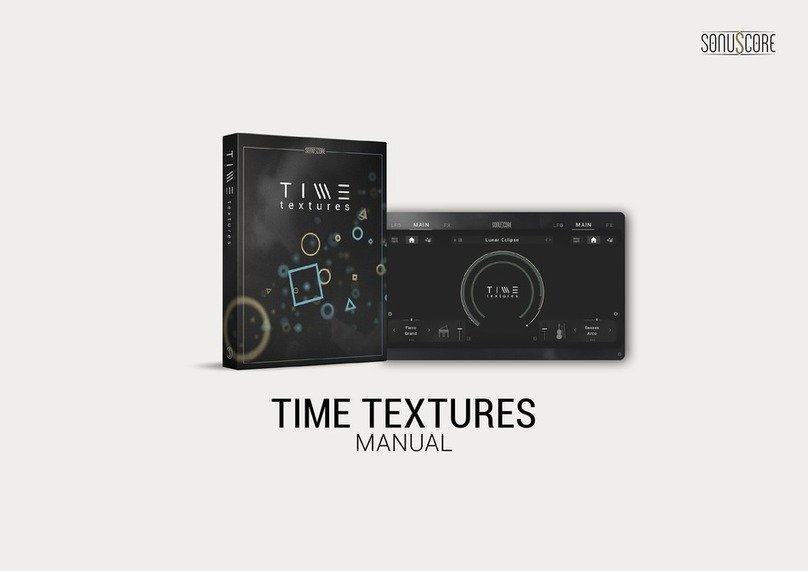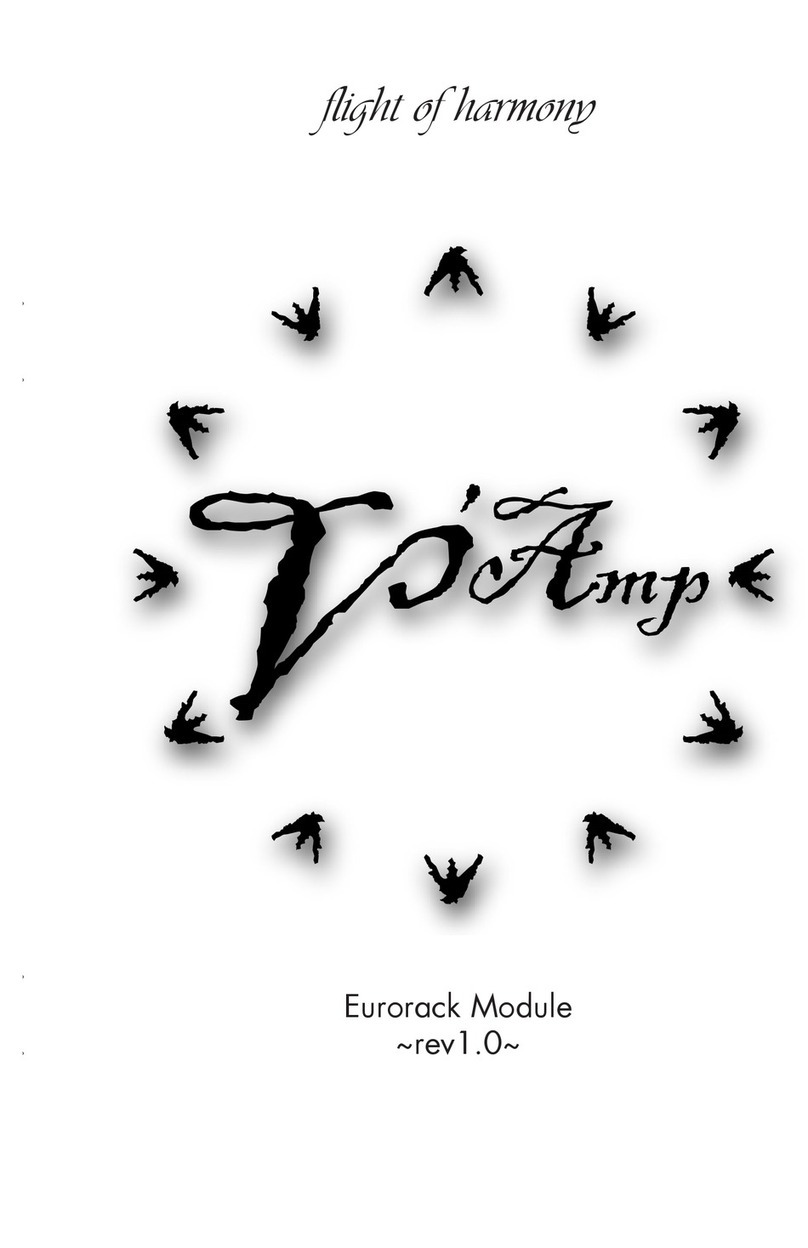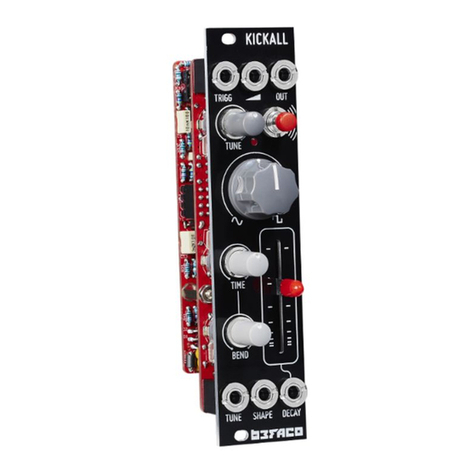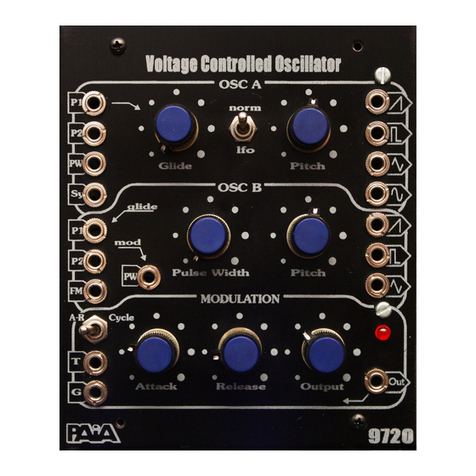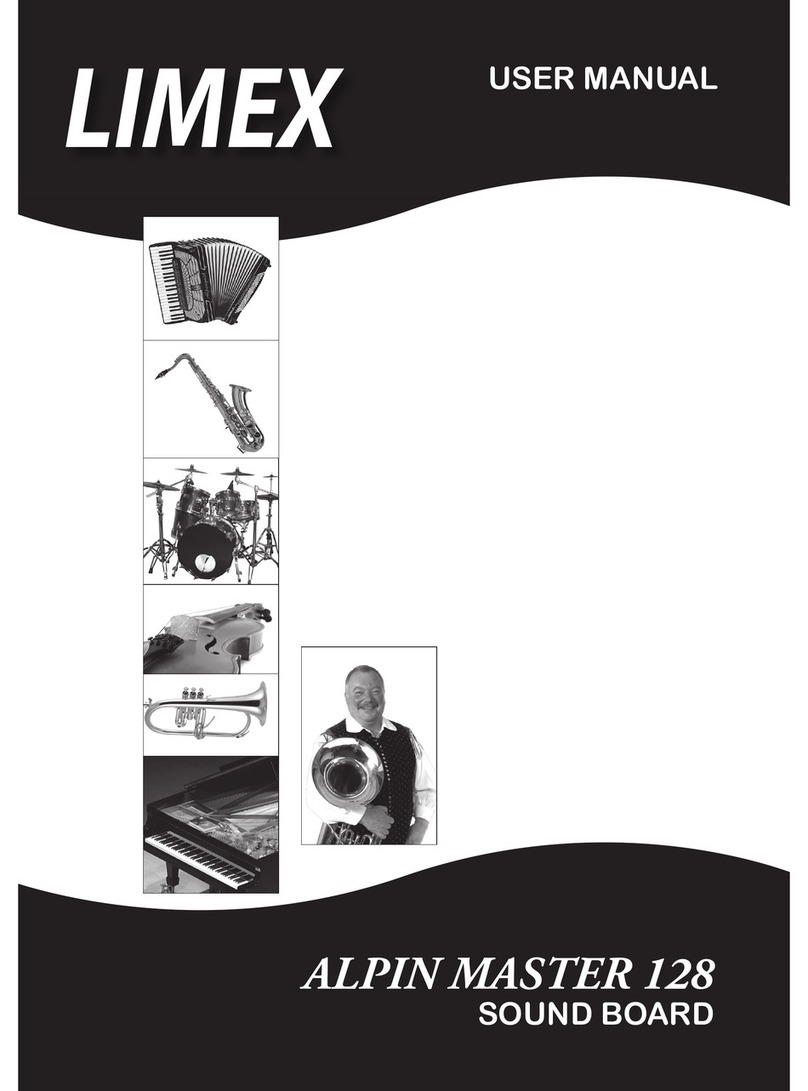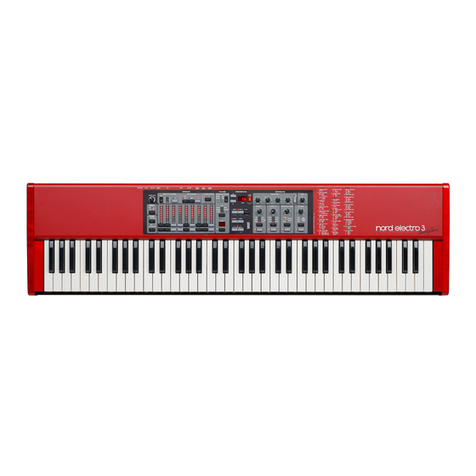The Fisher P-29 Installation guide

I :'wlq;
p
ERAr'i'*
c',,,i*'srR
ucT
toN
s aN
p,,' n:iAN,iv
7*^^AT:
n t{A
,/ +l s'p >zed/u--- f-,r
,.UZr.t*u'",4 T.ff--- ,47*- e
/f
THE FISHER
PhilhqrmoniclV
stere
op,
"
"'lTjil1r"nos
ro
ph
. pRtCE
9t.00 .,.'.
EADER IN HIGH FIDELITY
WO L
t&

!- \-\
L;('II('KAIL'I-AIIL'II5: \ \
\ -_,
II /rrH your purchase of a FISHER instrument you have com- Rememberalwaysthat we want this equipment to giveyou the\t q
YV pleted a chain of eventsthat began many months ago, in our performance of which it is capable. Should you at any time needin-
researchlaboratories. For it is there that the basic concept of the our assistance
toward that objective, please write me personally.
equipmentyou have just acquiredcame into being-its appearance,
its functions, its quality of performance, its convenience of use. AN IMPORTANT SUGGESTION
But the end step-your purchase-is merely a beginning. A door Many hours havebeenrp".tfby our engineersand technical writers
has now opened,for you and your family, on virtually unlimited to create this instruction book for your guidance and enjoyment.
years of musical enjoyment. Recognizing that one of ihe keys to If you want ttre most out of your FISHER, there is only one way
pleasurable ownership is reliability, we have designedthis instru- to obtain it. with the equipment before you, please
read this book-
ment to give long and trouble-free service.In fact, instruments we let carefully' It will be time well spent!
madeover twenty- five yearsagoarestill in usetoday. A
/hld,.y F*r"z Founderand
president
FISHER FIRSTS-Milestones in the History of High Fidelity Reproduction.
lt
ri
r!
ri
il
1937 First high-fideliiy sound systems featuring a
beam-power amplifier, inverse feedback,
acoustic speakercompartments
(infinite baffle
and bassreflex) and magneticcartfldges.
1937 First exclusivelyhigh fidelity TRF
tuner, fea-
turing broad-tuning20,000 cycle fidelity.
1937 First two-unit high {idelity system with sep-
aratesDeaker
enclosure.
1938 Firstcoaxialspeakersystem.
1938 First high fidelity tuner wlth amplifiedAVC.
1939 First 3-Way
Speakerin a high fidelity system.
1939 First Center-of-Channel
Tuning indicator.
1945 First Preamplifier-Equalizer
with selective
pho-
nograph
equalization.
1948 First DynamicRangeExpander
with feedback.
1949 First FM-A|\4Tuner
with variable
AFC.
1952 First 50-Watt,
all-triodeamplifier.
1952 Firstself-oowered
MasterAudio
Control.
1953 First selt-powered,
electronicsharp-cut-offfil-
ter system
for highfidelity use.
1953 First
Universal
Horn-Type
Speaker
Enclosure
for
anyroomlocationand
anyspeaker.
1953 First FM-AMtuner with aCascode
Front
End.
1954 First low-costelectronicMixer-Fader.
1954 First moderately-priced,
protessional
FMTuner
with TWo meters.
1955 First Peak Power Indicatorin high fidelity.
1955 First Master Audio Control Chassiswith five-
position
mixingfacilities.
1955 Firstcorrectly
equalized,direct tape-headmas-
teraudiocontrolsandself-powered
preamplifier.
1956 First
to usePower
Monitor
in a home
amplifier.
1956 First All-TransistorizedPreamDlifier-Eoualizer.
1956 First dual dynamiclimiters in an FM
tuner for
nome
use.
1956 First Per{ormanceMonitor in a high quality
amplifier for home use.
'1956 First FM-AlVl
tuner with TWo meters.
1956 First complete
graphic response
curve indica-
tor for bassand treble.
1957 First GoldenCascodeFM Tuner.
1957 First MicroRayTuninglndicator.
1958 First Stereophonic
Radio-Phonograph
with Mag-
neticStereoCartridge.
195S First
high-qualityStereoRemote
Control
System.
1959 First complete Stereophonic
FM-AMReceiver
(FM-AM
tuner,
audiocontrol,
4o-watt
amplifier).
1959 First high-compliance
plus high-efficiency
free-
pistonspeakersystem.
1960 First to use MicroRayfor FM tuning and as a
RecordingAudioLevel Indicator.
1960 First
completestereoFM'AMreceiverwith 60-
watt power
amplifier
andnew7591outputtubes.
1960 Smithsonian Institution, Washington, D.C.
acceptsfor its collectionAmerica's
first com-
mercially manufacturedhigh fidelity radi0.
phonograph,
madeby Avery
Fisherin 1937.
|
960 Firstreverberationdevice,
for usein highfidelty
equipment
-The FisherDynamicSpacexpander.
First stereo
tuner with MicroTune.
First FlVl
tuner with six lF stages.
First FM
tuner with five limiters.
First front panel antenna
selectorswitch,72-
300 ohm, Local-Distant
positions.
First Multiplexunits with STEREoBEACoN
and
automaticswitching,mono
to stereo.
First completereceivers
with Multiplex.
First FM-Stere0-Multiplex
tuners with STERE0
BEAIV].
First loudspeakersystemwith frameless
wooler
cone, eliminatingall parasiticresonance.
First internal switchingsystemto permit im-
medjatetape playback
with use of all controls
and switches.
First simplified- operation Control
-Ampliiier,
with infrequently
used controls behind tront-
panel cover,
yet immediately
accessible.
First loudspeaker
with eddy-current-damped
vorce
c0il.
First bass speaker with combined serrated-
aluminumand {iber cone.
First Fl\4Tuner Kit with seDarated'Arsonval
meter for tuning and sepaiate cathode ray
stereo broadcast
indicator (STERE0
BEAM).
First Stereophonic
FM Tuner with TUNE-0-
MATIC
Motor Tuning.
First Supersonic
WirelessRemote
Controlin a
high fidelity component.
1960
1960
1960
1960
1
961
1961
1961
1961
1961
1
952
1962
1952
1
962
1962
1962
O1962 FTsHER RADIo coRPoRATIoN

,F
ITIHE MAGNTFIcENcE
of old-world cabinet craftsmanship has been
I combined with the latest products of advanced
electronic engineer-
ing to create the new FISHER Philharmonic -a musical instrument
that meetsthe most exacting criteria. Each sectionin the Philharmonic
hasbeen designedto meet the laboratory standards that distinguish all
FISHER components.The unusually sensitive tuner can be used for
AM and FM, and for multiplexed FM stereo reception when the
optional plug-in adaptor is installed. Six controls enable you to select
any program source instantly and to adjust volume and tonal char-
acteristics to your taste. The renowned Garrard record changer and
diamond stylus cartridge convey faithfully every musical nuance of
monophonic or stereophonicrecords. Special connections are provided
THEFISHER
PHITHAR'NONIC
IV
MODETP-29
Stereophonic Rqdio-Phonogroph
for the FISHER WS-l Wide Surround speakers.
Twenty watts of music
power, free of all audible distortion, are supplied by a dual-channel
stereophonic power amplifier which reproduces a complex orchestral
passage
as easily as the delicate tones of an oboe, Two acoustically-
balancedthree-way
speaker
systems
recreate
the dynamicsand spacious-
nessof the modern orchestra as only stereophonic sound reproduction
makes possible.
Flawless circuitry, the use of costly, carefully selected materials,
and unhurried manufacture - essential constituents'of quality which
are too often lost in mass production - all of these will contribute to
years of trouble-free operation and to your greater listening pleasure.
Theseare the attributes which have,{or over twenty-fiveyears, created
the world-wide FISHER reDutation.

TABLE
OF CONTENTS
INSTATTING
THEPHITHARMONIC
THE
CONTROTS
ACCESSORTES
ANTENNAS
REPLACING
THEDIAI LAMPS
FOR
THETECHNICALTY.MINDED
TECHNICAT
SPECIFICATIONS
PAGE
4
4
9
9
t0
WHAT IS STEREOPHONIC
SOUND?
q TEREoPHoNIc
souND (stereo) is a method of reproducing sound by
t) means of two independent channels, left and right, so that a
spatial feeling of direction and depth is recreated. It is the exrension
oi high fidelity soundinto three dimensions.
In fact, it ofiers the closest
approach to true high fidelity yet achievedbecause
it comesclosest
to
the ultimate aim of all high fidetity systems
- a perfect recreation
of the original live sounds. Thus, good stereophonic sound is high
fidelity in the truest senseof the term.
This feeling of dimension is lost with monophonic (single channel)
reproduction, because
our ears help determine the relative position of
separate
instruments in an ensembleonly if each hears a slightly dif-
ferent version of the sound, just as visual depth perception depends
on the two separate, slightly difierent pictures received by the eyes.
Merely using two or more speakers on a single amplifier does not
solve the problem; it only spreads the single sound source without
providing the all.important difierent "aural viewpoints."
True stereo sound, then, requires the use of two independent sound
paths from the origin to your ears,kept separate at all times during
recording, transmission and reception. This requires the use of two
separatesetsof recording amplifiers, a means of keeping the channels
apart during recording and radio broadcasting, and finally, two inde.
pendent amplifier and speakersystemsin the home. In a stereorecord,
each wall of the groove contains a separate signal, and the stereo
cartridge is designedto pick up each of these two channelsseparately.
The new system of FM stereo broadcasting (known as "multiplex")
utilizes a separate supersonic signal, in addition to the main signal.
By combining these two signals in a multiplex converter, the original
Ieft and right channelsare recovered.
Stereotape recordings are made
by impressing the two channels on separate,parallel tracks running
along the length of the tape.
No attempt is made to keep the two channels completely separate.
In a live performance, your left ear hearsmany of the sounds on your
right, and vice versa. Thus, keeping the channels totally apart from
the original recording sessions
to the final playback in your home would

o
E
It
E
o
o
o
)
o
g
o
4
q
E
t
(,
E

